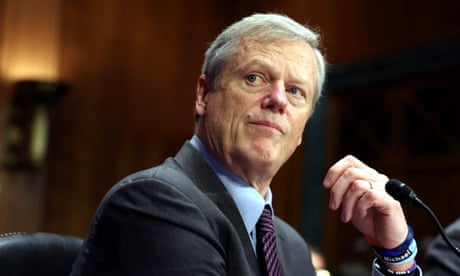The NYT has the story:
The Seductive, and Risky, Power of Live Sports Betting
In-game betting is predicted to grow to more than $14 billion by the end of the decade. It’s a huge part of the sports gambling industry. Public health officials worry that it could be increasing the risks for gamblers. By Jenny Vrentas
"These bets — known as in-game or live betting — have become ubiquitous and are one of the fastest growing areas of the sports gambling industry in the United States. They range from wagers on the result of a game while it is underway to what are known as microbets on events that are resolved quickly, sometimes in a matter of seconds, like the speed of a baseball pitch. Others are on outcomes of random events — will the halftime point total be an odd or even number, for instance. Once you are on the FanDuel or DraftKings mobile apps, there are scrolls and scrolls of bets, worldwide, day or night.
"For betting companies, or sportsbooks, the popularity of live betting is driving rapid revenue growth. Bets during games accounted for more than half the money wagered on FanDuel and DraftKings in recent quarters
...
"With artificial intelligence being used to automate and accelerate the creation of more betting markets, in-game betting is expected to continue its rapid growth. Revenues from in-game bets could triple by the end of this decade, to more than $14 billion, according to a report released last October by the investment bank Citizens. That is an amount on par with the total revenue generated by the U.S. sports betting industry last year.
...
"Some professional sports leagues now allow ads for sports betting companies to be integrated into the live action of a game broadcast — as opposed to just during a commercial break. Michael Kay, the Yankees play-by-play announcer, or the N.B.A. commentators Charles Barkley and Kenny Smith will offer odds or set up predictions and direct viewers to a sportsbook that sponsors the broadcast and takes the bets. The N.B.A. and Major League Baseball permit up to two of these integrations per game.
"Streaming, too, has enabled new ways for fans to bet while they watch. Last year, the N.B.A. debuted an optional overlay on its livestreaming platform that displays in-game betting odds. Users can tap to click through to a prefilled bet slip in the DraftKings or FanDuel apps. The N.F.L. has gone a step further, allowing its games to be streamed inside sportsbook apps (and still count toward the Nielsen audience ratings).
"The professional sports leagues also benefit from live-betting revenue through their financial stakes in data providers, like Sportradar and Genius Sports. Those data companies sell the real-time data from games that facilitates live bets to sportsbooks, and they get a portion of the sportsbooks’ gambling revenues. The data companies have said that the percentage they take from in-game bets is higher than from pregame bets. (Chris Dougan, a spokesman for Genius Sports, said its partnership with the N.F.L. enabled legal and fair betting on N.F.L. games."




